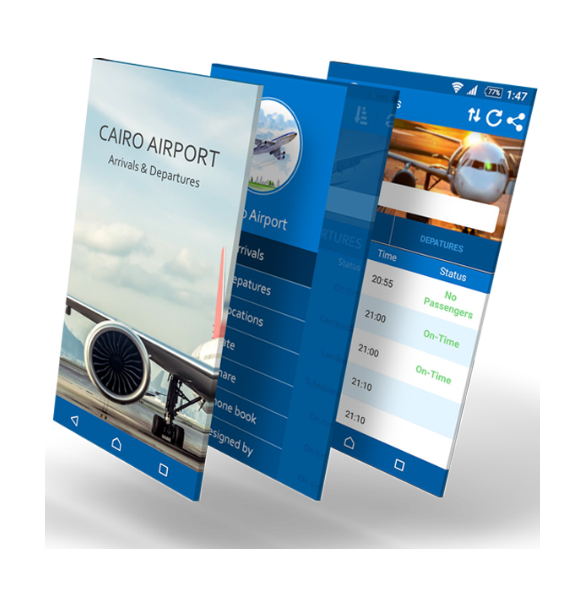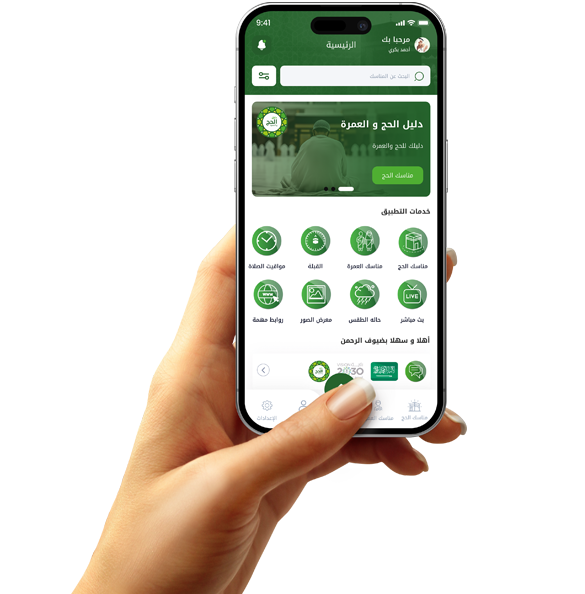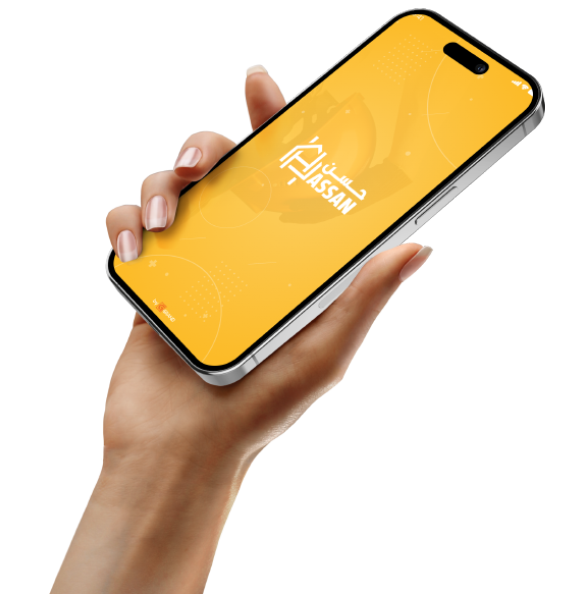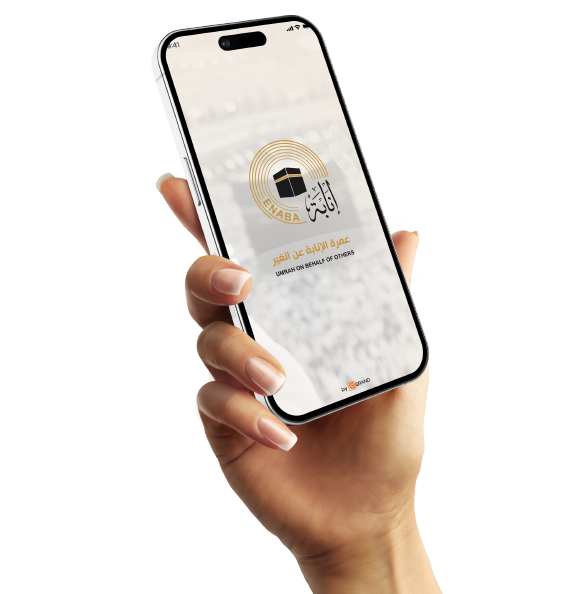Designing multilingual applications
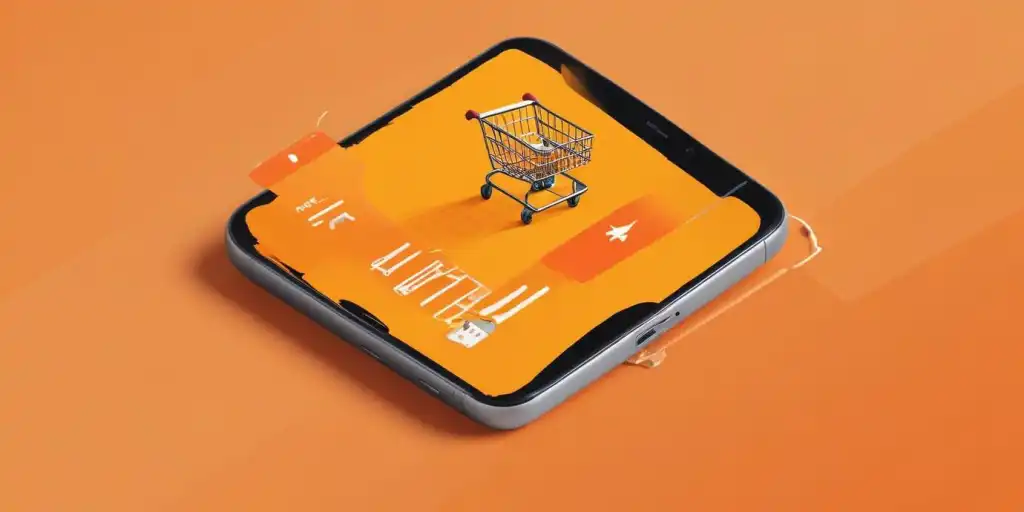
Expanding your app globally?
When your goal is to expand into new markets, implementing multiple languages becomes an indispensable step. Language isn't just a means of communication; it's an essential component of your app's authentic user experience.
Supporting multiple languages gives your app the potential to reach new audiences without having to rebuild the app from scratch, giving you an edge over competitors who don't offer the same attention to multilingualism. Users prefer apps that respect their interests and fully address them.
By supporting multiple languages, you can target large markets such as East Asia, Latin America, and other markets. Each of these markets has millions of users who conduct comprehensive digital research.
Ultimately, implementing an app in other languages also means working with local partners, with marketing campaigns in the market's language, increasing the chances of greater reach and greater effectiveness.
But translation isn't enough; each market has its own culture that must be acknowledged. What's offered in the Arab market doesn't have to be offered in the same way in the Japanese or Spanish market. Images, color, and even the style of offers and discounts need to be adjusted.

Multilingual App Interface: How to Ensure a Smooth User Experience
When designing an interface for an app that supports multiple languages, the challenge isn't just translation. It extends to maintaining a consistent and seamless user experience regardless of the language. The goal is for the user to feel as if the app was designed in their language from the start, not just a translated version.
The first step in this regard is to design a flexible, scalable, and adaptable interface. Some languages, such as German, require more text space, while Arabic requires a completely different display orientation. Therefore, templates should be able to automatically rearrange elements based on language characteristics.
Second, it's important to use multilingual content management systems (CMSs) that facilitate the handling of translation files and help organize and update texts without the need for constant programming intervention.
Also, small details such as icons and arrow directions shouldn't be overlooked. For example, in languages written from right to left, it's best to reverse the arrows, and for menus and text to be aligned to the user's reading culture.
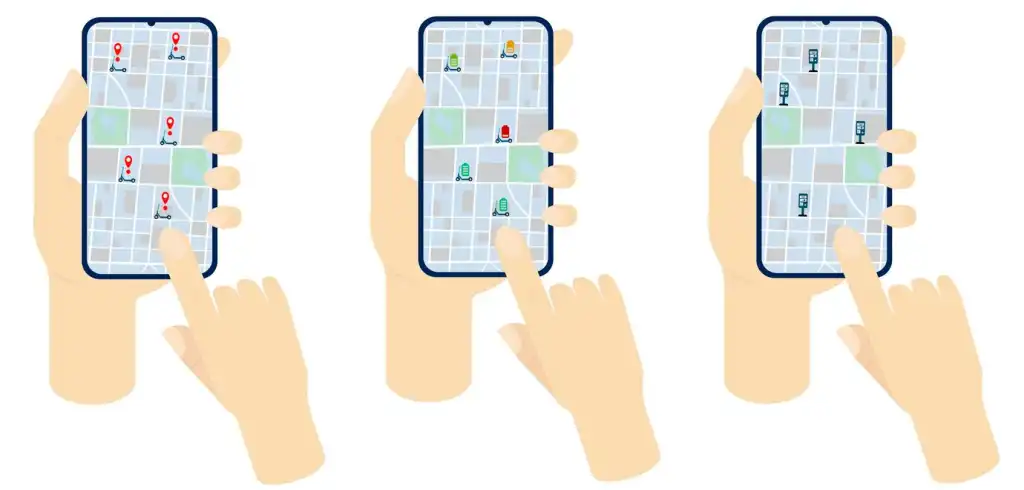
How do multiple languages affect user engagement within an app?
Language isn't just a means of understanding content; it's a direct tool for encouraging engagement with the app. When a user receives content in their own language, they're significantly more likely to engage with buttons, offers, or forms, as the messages become clearer and more psychologically relevant.
A monolingual app forces users of different languages to put in extra effort to understand the content, which increases the bounce rate and reduces the likelihood of engagement, especially if they're unfamiliar with the language presented.
Supporting multiple languages makes the user feel like the app is specifically designed for them, which increases comfort and trust, ultimately leading to higher usage rates. For example, a user browsing a product written in their own language will be more likely to complete a purchase or log in.

Marketing Opportunity or Operational Necessity?
When we hear about multilingual features in apps, it may seem to some like a mere marketing element added to enhance value or differentiate oneself from competitors. However, reality proves that multilingual support has become an indispensable operational necessity in the world of modern apps.
Initially, companies that launch apps serving multiple markets find themselves facing audiences who speak a variety of languages. Ignoring this reality leads to a poor user experience, which directly impacts user retention rates and the app's market value.
But is multilingualism just a means of user satisfaction? Not only that. It's a real marketing tool. When you support a specific user's local language, you increase the likelihood that they'll download, interact with, and discuss your app. You also give yourself the opportunity to appear in online stores in different languages, enhancing your chances of global expansion.
Providing content in multiple languages also facilitates targeted advertising and allows you to build marketing campaigns tailored to each audience segment, increasing the effectiveness of your advertising budget.
From an operational perspective, multilingualism helps provide better technical support. Imagine a user encountering a problem within the app and not finding any content or instructions in a language they understand. It would be a frustrating experience that often ends with the user deleting the app.



